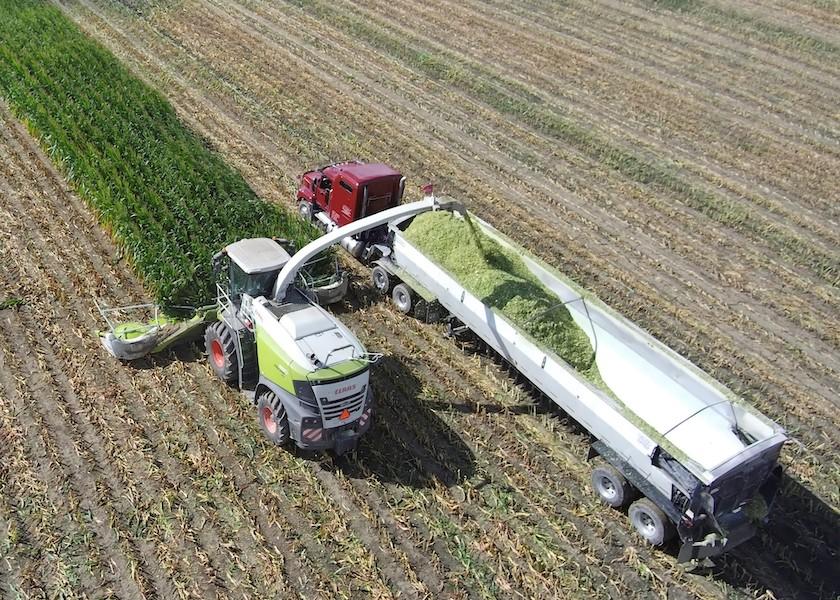Tips for Transitioning a New Corn Silage Crop into the Diet

Transitioning new corn silage into the diet can impact milk production and cow health. The following are three tips to help make the transition a smooth one.
Be patient
Allowing time for proper fermentation of the silage is important for starch digestibility once the forage is introduced in the diet. Starch digestibility increases the longer the silage is stored. The increase in digestibility is because fermentation acids break down the protein that encases the kernel’s starch content. Waiting three to four months before introducing fresh corn silage crop can increase the availability of the starch content.
A gradual introduction of the new crop-silage is also important. Like cows, rumen microbes need consistency. Slowly implement the new silage into the diet over 10 to 14 days. Start with a low inclusion rate the first few days, then gradually increase the rate until the fresh corn silage is fed at 100% inclusion on the 14th day. The slower transition into the diet will help the rumen adapt to the diet change.
Evaluate forage differences
Completing a forage analysis and examining physical differences between existing and new silages will help facilitate a smoother diet transition. Evaluating differences in particle size and kernel processing may help predict changes in dry matter intake and starch digestibility.
Producers should complete lab analysis for neutral detergent fiber (NDF), sugar, and starch on old and new silages to know how the new forages will change diet nutrients. The analyses will also help determine optimal inclusion rates of the new corn silage. Producers should work with their nutritionists to account for these changes while transitioning to the new forage. Forage analyses and alterations by the nutritionist should continue periodically once the silage is established in the diet.
Monitor cow performance
Milk production and butterfat may tend to decrease while transitioning to the new silage. Cows are also more susceptible to Sub Acute Ruminal Acidosis (SARA) during the time of silage transition. The higher sugar content of the new silage can cause the rumen pH to drop, leading to a decrease in fiber digestion. SARA can also occur as the starch content changes throughout the fermentation process. Farmers should work closely with the nutritionist to ensure the new diets are balanced and monitor cow performance to evaluate the transition to the new silage crop.







